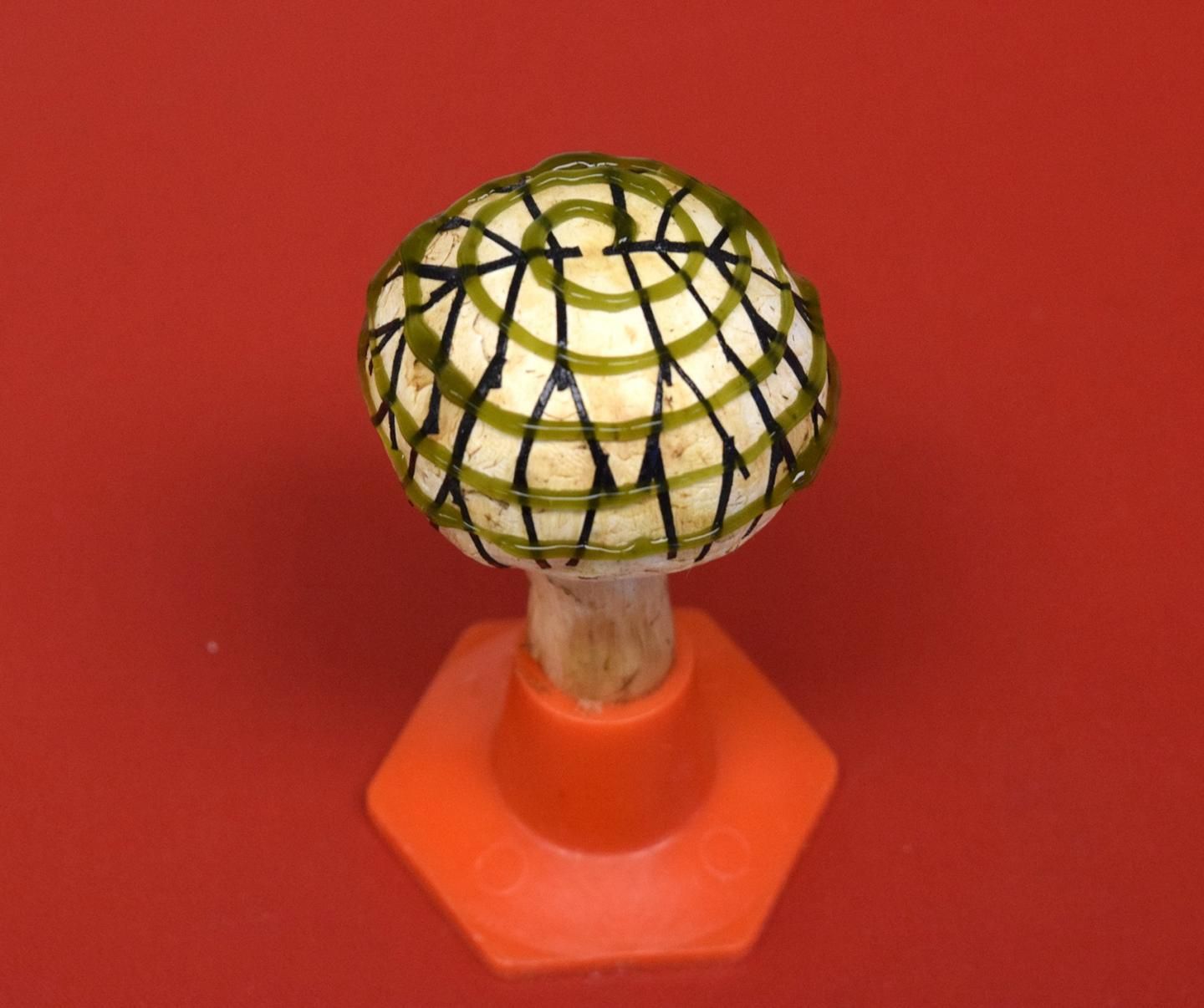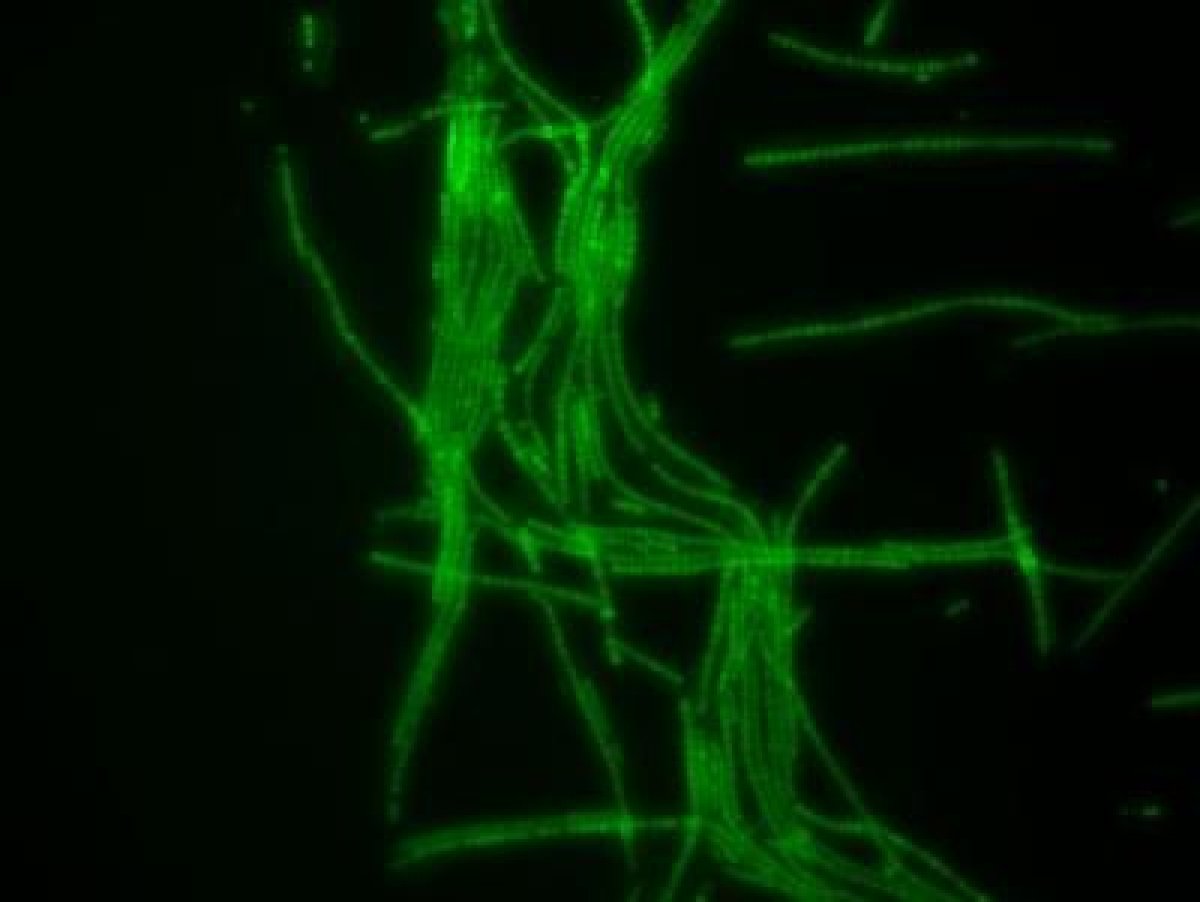
Scientists have created a bionic mushroom that generates electricity using bacteria and graphene nanoribbons which extend from the cap through the stem. While the technology doesn't produce anywhere near enough electricity to power a device at the moment, its demonstration could lead to the widespread development and use of bioelectricity.
The team from the Stevens Institute of Technology, New Jersey, used a button mushroom bought from a nearby supermarket and coated it with graphene nanoribbons that extended down into the stem. They then applied a 3D printed bio-ink that contained a type of bacteria that produces energy from sunlight. This bacteria, called cyanobacteria, is known to produce electricity but its application in engineering is limited as it cannot survive long on artificial surfaces.
In a study published in Nano Letters, researchers showed how the cyanobacteria can survive on the surface of a mushroom. Sudeep Joshi, a postdoctoral fellow and one of the study authors, said that for the first time, they have shown how a hybrid system incorporating two microbiological kingdoms can be brought together to produce electricity.
Joshi and colleagues investigated the potential of mushrooms to host a cyanobacteria as they naturally host a rich microbiota, potentially meaning it could provide the right environment to survive. They took the mushroom and coated it in graphene ribbons to create a network of electrodes. The bioink was then applied. When the team shone light on the mushroom, it started generating electricity.

"Shining a light on the mushrooms activates cyanobacterial photosynthesis mechanism, which generates bio-electrons these electrons are driven under an applied bias voltage in an electrochemical set-up," he told Newsweek. The voltage produced was just 65 nanoAmps, which is very tiny and could not power even a small electrical device. However, a whole network of bionic mushrooms could produce enough power to light up an LED bulb.
"Our aim was to illustrate an approach to design and precisely engineer a three dimensional interface between the world of microorganisms such as bacteria, smart electronic nanomaterials (graphene nanoribbons), and fungus," Joshi said. In this case, they showed they could help cyanobacteria survive and supply energy via photosynthesis.
"Our work is a proof-of-principle for illustrating an approach to design and precisely engineer a three-dimensional interface between the microbiological kingdom and smart electronic nanomaterials," he said. "Generation of photocurrent was an example to showcase the application aspect of such a 'designer hybrid architecture.' However, we believe that an array of these bionic mushrooms in series will be able to power-up a low-power surface mounting LED. We are working towards the optimization for generating higher current values and it will be a part of our future research work."
Uncommon Knowledge
Newsweek is committed to challenging conventional wisdom and finding connections in the search for common ground.
Newsweek is committed to challenging conventional wisdom and finding connections in the search for common ground.
About the writer
Hannah Osborne is Nesweek's Science Editor, based in London, UK. Hannah joined Newsweek in 2017 from IBTimes UK. She is ... Read more
To read how Newsweek uses AI as a newsroom tool, Click here.








